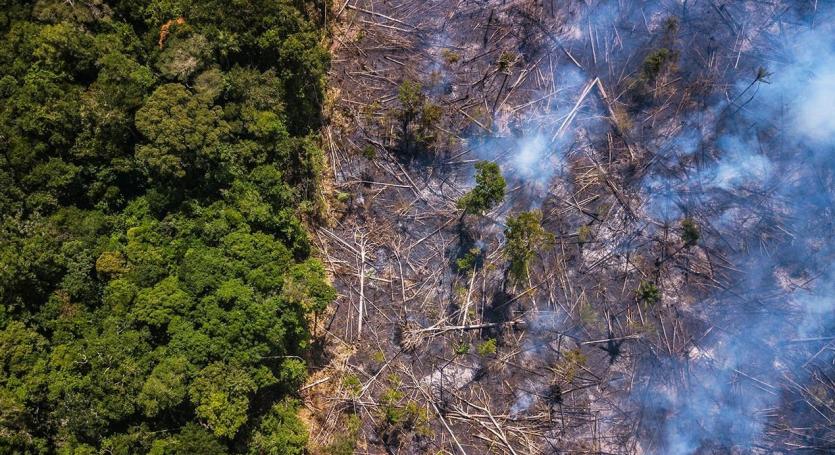Photo:Bloomberg
By Patryk Krych | The World Daily | MARCH 15th 2021
According to a recently published, first-of-its kind analysis by scientists, the Amazon rainforest may be at a point where its very own existence contributes to the growing threat of a changing climate.
Having been published in ‘Frontiers in Forests and Global Change’ on Thursday, the study was put together by over 30 scientists and is considered to be the first such study to have considered the impacts of gasses other than CO2 in the Amazon rainforest, such as methane and black carbon.
The methane is primarily coming from cattle, which are and have been introduced to the area over time as the trees are cut down for the purposes of agriculture. Floods can also lead to the releasing of methane, and forest fires are typically what creates the toxic black carbon.
What the analysis found is that the many concerns expressed over the years regarding the Amazon’s ability to absorb CO2 and how it would be hindered by its levels of deforestation, floods, fires and general environmental disturbances, may have been confirmed. Recent studies have put together that by this point in time, certain specific areas of the Amazon rainforest may in fact be releasing more CO2 than they can store.
“Cutting the forest is interfering with its carbon uptake; that's a problem,” lead author and Skidmore environmental studies professor Kristofer Covey told National Geographic. “But when you start to look at these other factors alongside CO2, it gets really hard to see how the net effect isn't that the Amazon as a whole is really warming global climate.”
For years, the Amazon rainforest has been regarded as the ‘lungs of the world’ for its vast and much-needed supply of oxygen, that it releases upon absorbing CO2. With the implications that the rainforest is transitioning towards releasing less and less oxygen, the ‘lungs’ may not longer be an applicable name if the process is allowed to continue.
The recent analysis found that the gathered effect of all these gasses, CO2, methane, black carbon and nitrous oxide is far more severe than originally assumed. Cumulatively, the gasses counter the natural cooling effect that’s present in the Amazon, contributing to the forest’s stunted intake of CO2 emissions and thus perpetuating the issue of climate change as parts of the forest gradually become CO2 emitters themselves.






